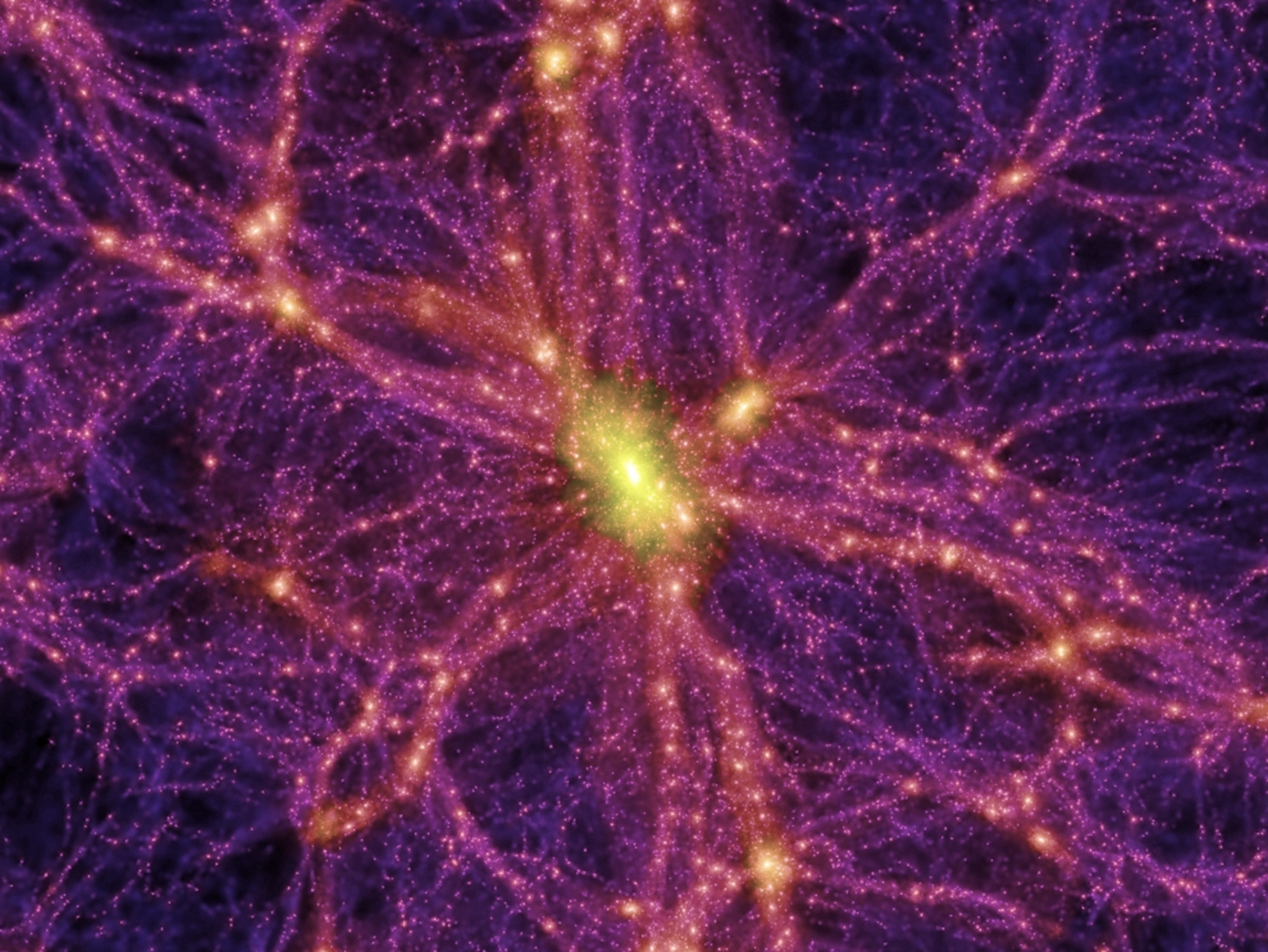Twisted graphene superconductors are at the forefront of cutting-edge research, redefining our understanding of superconductivity. These unique materials, created by stacking layers of graphene at specific angles, showcase remarkable properties that could revolutionize lossless power transmission and alter the landscape of technologies like levitating trains and energy-efficient detectors. The intriguing phenomenon of superconducting graphene allows electrons to engage in a mesmerizing quantum dance, leading to potential breakthroughs in quantum computing. As scientists dive deeper into the behavior of these electrons, they uncover secrets that could pave the way for more efficient and sustainable technologies. With applications ranging from everyday electronics to ambitious space exploration, twisted graphene superconductors could usher in an era of unprecedented energy efficiency and innovation.
At the cutting edge of material science, twisted graphene superconductors offer a novel approach to harnessing superconductivity, an area that has captivated researchers for decades. By manipulating the arrangement of graphene layers, scientists have stumbled upon extraordinary electrical properties that promise to enhance lossless energy transmission and support advancements in industries like levitating train technology. The unique interactions among electrons within these configurations yield a dynamic ‘quantum dance’, opening doors to innovative applications in quantum computing and ultra-sensitive detectors. This groundbreaking research not only enriches our fundamental understanding of two-dimensional materials but also holds the potential to transform various technological realms. As we explore the multifaceted capabilities of these superconductors, the possibilities seem limitless, marking a significant leap forward in energy-efficient solutions.
The Evolution of Superconducting Graphene
Superconducting graphene has emerged as a groundbreaking topic in condensed matter physics, particularly due to its unique properties and potential applications. The fundamental discovery that twisting layers of graphene at a specific angle can lead to superconductivity was a monumental leap in science, evolving from the initial discovery of superconductors over a century ago. Researchers now understand that this slight misalignment in the graphene layers creates a distinct environment that encourages electron pairing, which is essential for superconductivity. As scientists delve deeper, the exploration of multilayer twisted graphene presents exciting prospects.
In recent years, studies have demonstrated that twisted bilayer graphene (TBG) could serve as a prototype for understanding other complex materials. With these advances, physicists are not only exploring the fundamental aspects of electrons’ behavior within these structures but are also developing methodologies to probe their unique quantum dance. This endeavor could unveil principles that govern lossless power transmission and revolutionize technology sectors, including quantum computing and energy-efficient devices.
The Quantum Dance of Electrons in Twisted Graphene
The term ‘quantum dance’ aptly describes the behavior of electrons in twisted graphene as they engage in synchronized motion under specific magnetic and thermal conditions. When graphene layers are twisted, the resulting state allows electrons to form pairs, contrary to the natural tendency of like-charged particles to repel one another. This groundbreaking observation not only challenges previously held notions about electron interactions but also emphasizes the importance of quantum mechanics in superconductivity. The interactions observed hint at a novel type of electron pairing mechanism that could redefine how we understand superconductivity at a fundamental level.
Understanding how these electrons interact opens avenues for utilizing twisted graphene in practical applications like energy-efficient detectors. When electrons flow freely without resistance, they contribute to minimal energy loss, making devices powered by superconducting graphene capable of significant efficiency improvements. Such advancements could pave the way for innovations in the design of energy-saving systems, enhancing technologies such as levitating trains and other forms of lossless power transmission.
Potential Applications of Twisted Graphene Superconductors
The application of twisted graphene superconductors has the potential to transform various industries, particularly in the realm of energy efficiency and high-speed transportation. With their unique superconducting properties, these materials could facilitate lossless power transmission, drastically reducing energy waste in electric grids. Moreover, the prospect of integrating twisted graphene into the infrastructure of levitating trains could revolutionize public transportation, enabling faster and more efficient travel over long distances.
In addition to transportation, twisted graphene superconductors could lead to breakthroughs in space exploration technologies. Researchers are exploring the possibility of using these materials for sensitive detectors that operate efficiently in the near-vacuum of space. By minimizing the power consumption while maximizing the detection capabilities, twisted graphene could enable the development of instruments that provide crucial data with high resolution, significantly benefiting future missions into deep space.
The Mechanics Behind Superconductivity in Twisted Graphene
The mechanics of superconductivity in twisted graphene involve a complex interplay of electron behavior and quantum mechanical principles. The careful study of electron pairing mechanisms reveals that these interactions are not uniform but rather directional, exhibiting varying strengths depending on their orientation. This directional adhesive force among electrons suggests that the relationship between them might be more nuanced than previously thought, possibly mirroring phenomena seen in high-temperature superconductors made from copper oxide materials. These insights could bridge gaps in our understanding of superconductivity as a whole.
Furthermore, understanding the resonant vibration of superconducting electrons sheds light on the dynamics within the superfluid state. Following the analogy of musicians playing a glass harp, researchers are developing techniques to interpret the ‘tune’ of paired electrons by measuring vibrational frequencies. Such techniques not only enhance our comprehension of the underlying physics but also equip scientists with intuitive methods to probe various superconducting systems, potentially leading to influential discoveries in superconducting materials beyond graphene.
The Future of Twisted Graphene Research
As researchers continue to push the boundaries of twisted graphene studies, the excitement within the scientific community grows. The ability to induce superconductivity through the precise manipulation of twist angles fosters an environment ripe for discovery. Future research endeavors will likely probe the microscopic dynamics of these materials further, aiming to explore the unexplained phenomena associated with electron pairing and their consequential behavior. Through collaborative efforts, scholars from multiple institutions are investigating potential applications that could redefine energy sustainability and transportation.
Moreover, the path to mass production of twisted graphene technologies remains a critical focus in the coming years. If successful, this could unlock vast commercial potential across numerous sectors, from microelectronics to advanced energy systems. Investments in this area of research, bolstered by governmental funding and academic collaborations, will not only enhance our understanding of complex materials but also fortify technological advancements that could benefit society at large.
Challenges in Realizing Twisted Graphene Technologies
Despite the promising developments in twisted graphene superconductors, several challenges remain in translating these scientific advancements into practical applications. The complexity of synthesizing and manipulating twisted graphene with the necessary precision poses obstacles for researchers and manufacturers alike. Establishing stable, scalable production methods while preserving the superconducting properties of these materials is fundamental for creating commercial products.
Additionally, understanding the full scope of the interactions between electrons in twisted graphene requires extensive experimental validation. Future studies must address unresolved questions concerning the mechanisms underlying superconductivity in these materials. By overcoming these hurdles, scientists aim to harness the full potential of twisted graphene, paving the way for technologies that promise lossless power transmission, exceptional detectors, and advancements in quantum computing.
Impact of Twisted Graphene on Quantum Computing
Twisted graphene superconductors could significantly impact the field of quantum computing, which relies on managing and manipulating quantum states effectively. The unique properties of twisted graphene, particularly its capacity for robust electron pairing and superfluidity, present opportunities for developing scalable qubit systems that operate at higher efficiencies. As quantum computing continues to evolve, the introduction of new superconducting materials could enhance qubit coherence times and error rates, ultimately leading to more powerful and reliable quantum computers.
Moreover, the integration of twisted graphene into quantum circuits may enable advancements in quantum interconnects, facilitating faster and more efficient communication between qubits. This increase in operational speed could be crucial for achieving practical quantum computing applications, such as complex problem-solving and computational tasks that are currently beyond classical capabilities. As researchers investigate and optimize the properties of twisted graphene, the prospect of achieving breakthroughs that propel quantum technology into mainstream viability grows ever closer.
Twisted Graphene and Energy-Efficient Detectors
One of the most promising applications of twisted graphene lies in the development of energy-efficient detectors, especially for space exploration. The ability of superconducting graphene to operate with minimal power consumption while maintaining high sensitivity makes it an ideal candidate for crafting detectors capable of functioning in low-light conditions prevalent in space. This characteristic is critical for missions that require the detection of faint signals from distant celestial bodies or phenomena.
Research indicates that twisted graphene could enable the construction of ultralightweight and compact detectors that are essential for modern space missions. As detectors become more capable through the integration of novel materials, scientists can optimize their functionalities, leading to more efficient data collection without the burden of excessive power consumption. The ongoing exploration into twisted graphene’s superconducting properties could ultimately revolutionize how we design and utilize detection systems in space and beyond.
Conclusion: The Promise of Twisted Graphene in Future Technologies
In conclusion, twisted graphene superconductors represent a frontier in material science with substantial implications for multiple industries. From supporting innovations in lossless power transmission to enhancing quantum computing, the potential applications are vast and varied. As researchers continue to unlock the secrets held within this remarkable material, the societal impacts could be profound, ushering in a new era of technology characterized by energy efficiency and advanced capabilities.
Therefore, continued investment in understanding and harnessing twisted graphene is essential for unlocking its full potential. Future breakthroughs in both theoretical and experimental research will pave the way for practical applications, transforming energy systems, transportation technologies, and a myriad of devices that leverage superconducting properties. The journey of exploring twisted graphene’s capabilities has only just begun, promising exciting advancements on the horizon.
Frequently Asked Questions
What are twisted graphene superconductors and why are they significant?
Twisted graphene superconductors are materials formed by stacking layers of graphene at slight angles, which alters their electronic properties and can lead to superconductivity. Their significance lies in their potential applications for lossless power transmission, levitating trains, and energy-efficient detectors crucial for advancements in quantum computing and space exploration.
How do twisted graphene superconductors differ from conventional superconductors?
Twisted graphene superconductors exhibit unique electronic behavior that differs from conventional superconductors, like aluminum. In twisted graphene, superconductivity arises from a phenomenon where electrons dance in sync, leading to strong pairing mechanisms that allow them to flow without resistance, unlike traditional superconductors where conventional pairing processes dominate.
Can twisted graphene superconductors improve lossless power transmission?
Yes, twisted graphene superconductors hold the potential to significantly enhance lossless power transmission. Their unique superconducting properties can minimize energy loss during electricity transmission, thereby increasing the efficiency of power-related technologies and paving the way for smarter energy grids.
What role do superconducting graphene materials play in levitating train technologies?
Superconducting graphene materials can revolutionize levitating train technologies by enabling magnetic levitation with minimal energy loss. This could lead to faster, more efficient transportation systems that utilize the principles of superconductivity for smoother travel and reduced friction.
How might twisted graphene superconductors be utilized in energy-efficient detectors?
Twisted graphene superconductors could be developed into energy-efficient detectors for applications like space exploration, where lightweight and highly sensitive sensors are needed. Their superconducting properties allow for high-resolution detection while consuming minimal power, making them ideal for environments with low light levels.
What is the quantum dance of electrons in twisted graphene superconductors?
The quantum dance of electrons in twisted graphene superconductors refers to the peculiar synchronized movement of paired electrons at very low temperatures. This behavior arises from the interactions that modify the typical repulsion between negatively charged electrons, allowing them to form pairs that condense into a superfluid state, enabling superconductivity.
What are the future implications of research on twisted graphene superconductors?
The future implications of research on twisted graphene superconductors include advancements in quantum computing, enhanced magnet technologies, and improved energy systems. Understanding their unique properties could pave the way for innovations across various domains, including cleaner energy solutions and groundbreaking technologies in electronics.
| Key Points |
|---|
| Superconductors allow electricity to flow without resistance, crucial for advanced technologies. |
| Twisted graphene exhibits unique superconducting behavior, differing from traditional superconductors. |
| The interaction and pairing of electrons in twisted graphene creates new possibilities for energy applications. |
| Advanced measuring techniques, such as microwaves, provide insights into electron behaviors in twisted graphene. |
| Twisted graphene may pave the way for ultrasensitive detectors for applications in space exploration. |
Summary
Twisted graphene superconductors represent a groundbreaking development in the field of superconductivity, showcasing how this unique material can lead to revolutionary advances in technology. By observing unusual superconducting behaviors in twisted stacks of graphene, researchers are unlocking new frontiers for applications such as lossless power transmission, levitating trains, and enhanced quantum computing. The potential for twisted graphene in creating efficient energy detectors is especially promising for the challenges of space exploration, where sensitivity and power efficiency are paramount. As research continues, twisted graphene superconductors hold the promise of significant technological benefits.



